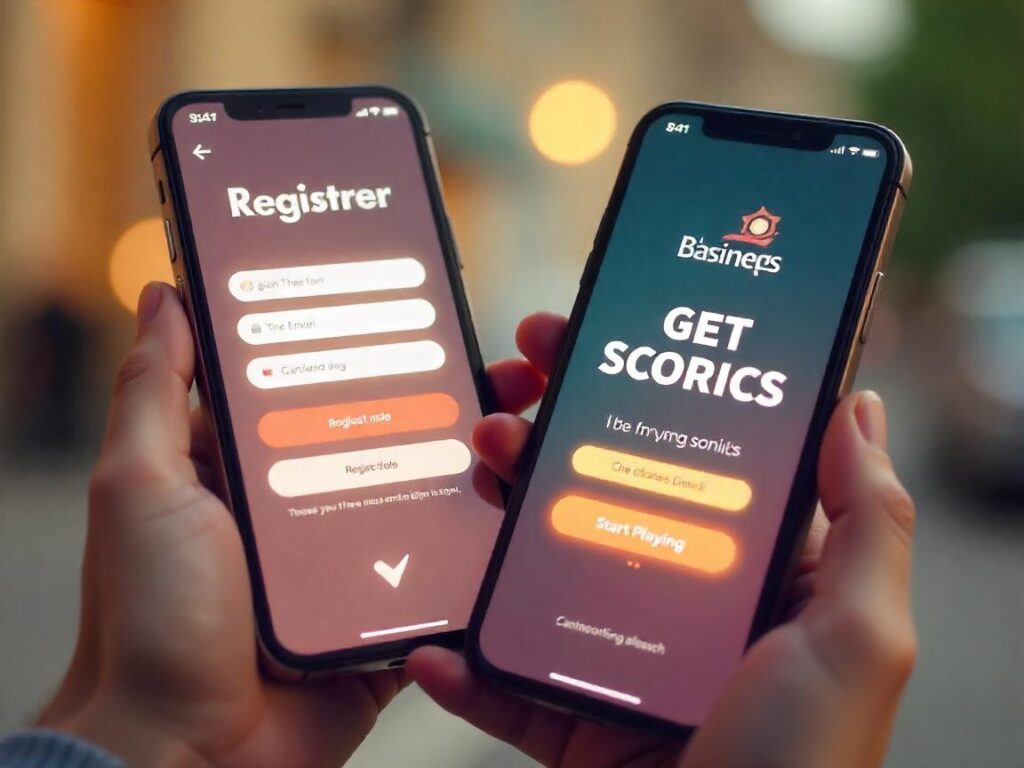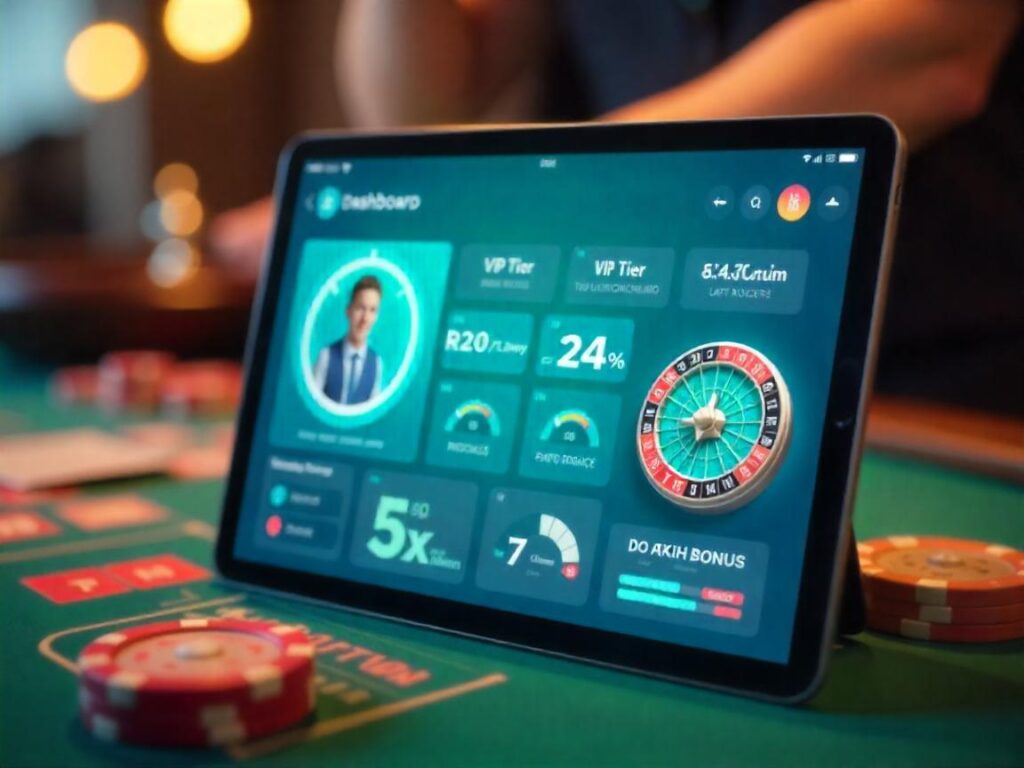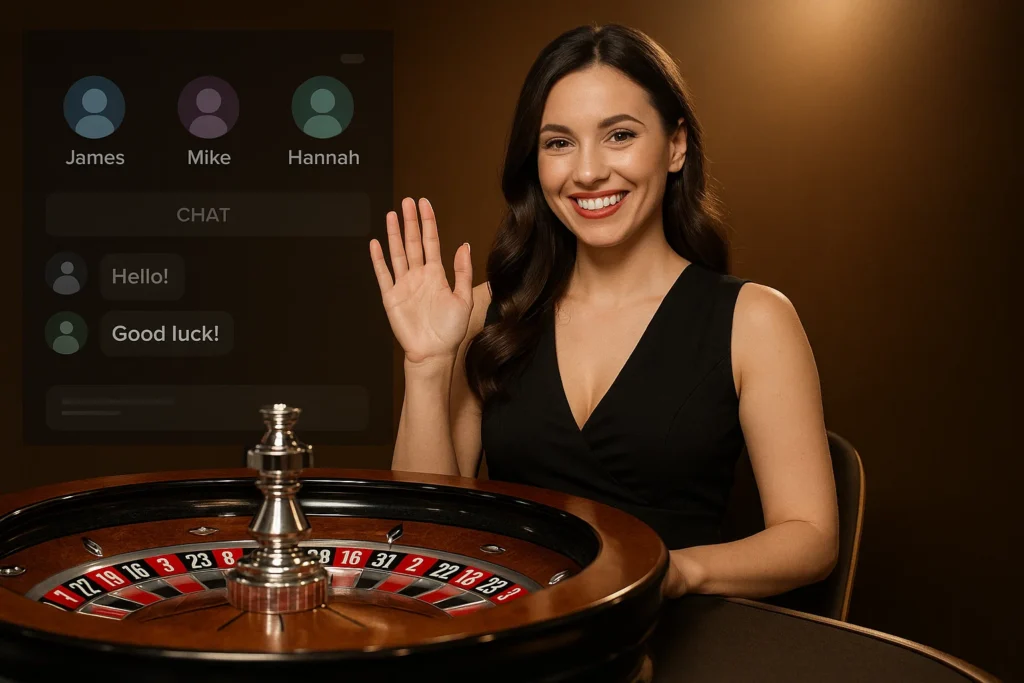From Startup Funnels to Roulette Strategies: Why Smart Growth is Always Iterative
In digital marketing, the phrase “land and expand” is common advice. But while it often applies to sales and customer onboarding, few realize how well it maps to online gaming too—especially to regulated roulette platforms.
Modern online roulette sites in the UK operate like agile growth teams. They attract users with low-friction offers (free spins, no deposit bonuses), then iterate rapidly on onboarding, personalization, and loyalty strategies to retain them. These platforms function under the oversight of the UK Gambling Commission (UKGC), which enforces strict standards for fairness, transparency, and responsible play.
Roulette may seem like a static game of odds, but the online versions evolve constantly. From gamification layers to real-time data tracking and A/B testing bonus flows, roulette sites are some of the most dynamic digital environments today.
The Landing Phase: First Spin, First Impression
In SaaS, the goal is often to reduce time-to-value. Roulette sites do the same: registration in seconds, auto-verified accounts, bonus chips within the first 60 seconds. This frictionless flow mirrors product-led growth frameworks, where fast onboarding leads to higher retention.
UK sites like PlayOJO or MrQ now offer no-wagering bonuses—meaning players can test the platform without strings attached. This strategy increases trust and removes mental barriers, not unlike a freemium app lowering its paywall temporarily.
Roulette sites also A/B test:
- First deposit match offers (50%, 100%, or cashback models)
- Welcome screens (live table previews vs bonus banners)
- Registration flows (social login vs email)
A site like LeoVegas, for example, has tested more than 30 onboarding flows in the past 12 months, optimizing everything from button placements to real-time live table previews based on time of day.
These optimizations aren’t random. They’re grounded in behavior-driven design and user funnel analytics, just like in SaaS. Players are segmented by geography, device type, and session length to tailor every micro-interaction.
Expansion: Loyalty Loops and Behavioral UX

Once the player has landed, the expansion phase begins. Here, UK-licensed roulette platforms focus on:
- VIP tiers: Exclusive cashback, personal hosts, custom table limits
- Retention triggers: Re-spin bonuses, limited-time live events
- Email campaigns: Personalized offers tied to game behavior
- Trust cues: Always-visible UKGC license badge, secure payment logos
Leading platforms like LeoVegas, Grosvenor Casino, and All British Casino have developed adaptive interfaces where the player experience adjusts based on play history. For instance, a high-frequency user may see quicker access to high-stakes tables and fewer onboarding prompts.
Behavioral UX is a core part of this. Roulette sites use:
- Emotion-based animations (e.g., sound cues when losing streaks end)
- Streak notifications (e.g., “You hit 3 reds in a row”)
- Live dealer interactions to simulate human engagement
Some platforms now experiment with dynamic background music, real-time audience counts, and even augmented reality overlays to increase immersion.
These features make roulette not just a game of chance, but a curated experience.
Trust and Regulation: What Sets UK Roulette Sites Apart
UKGC-licensed roulette platforms are legally required to:
- Display real-time loss and session tracking
- Offer self-exclusion tools and deposit limits
- Provide access to third-party support organizations (e.g., GamCare)
- Publish RTP (Return to Player) percentages clearly for every table
For players looking to reduce risk and stretch their bankroll, understanding advanced rules like En Prison in French Roulette can offer a significant edge—here’s how it works and why it matters for UK players.
Operators found violating these requirements risk suspension, fines, or permanent bans.
These features go beyond compliance—they’re part of a growing demand for ethical UX. Where social media platforms hide time-spent metrics, UK casinos must surface them. Where mobile apps push constant notifications, roulette sites offer reality checks and timeout suggestions.
For players, this creates a safer environment. For designers and marketers, it’s a model for building sustainable trust.
This creates a rare digital environment: one where growth and regulation coexist. And that’s a powerful model for any platform under public or financial scrutiny.
What Digital Product Teams Can Learn

Whether you’re building a fintech app, health tracker, or edtech tool, these roulette growth tactics offer real-world parallels:
1. Framed Entry Points
Roulette tables often have skill labels (“Beginner,” “Fast Pace,” “High Roller”)—this is onboarding segmentation in action.
2. Micro-reward pacing
Visual chips, light animations, and commentary give constant feedback. This mirrors gamified habit loops in productivity tools and language learning apps.
3. Loss framing and transparency
Loss display tools in roulette sites (“You’ve spent £24 in the last 30 minutes”) can be translated into fintech (“You’ve overspent by £56 this week”) or health apps (“You’ve skipped 3 workout goals”).
4. Event-based reactivation
When roulette platforms launch weekend-only tables or live tournaments, it’s like limited-time webinar funnels or calendar-driven reactivation in SaaS.
5. Consent-first engagement loops
Top roulette sites ask users before opting them into promotional offers. In contrast to dark patterns in apps, this approach builds long-term trust.
Human Factor: The Rise of Live Roulette

The most successful UK roulette platforms now prioritize live dealer roulette, where players interact with real human croupiers over video. This format introduces elements of trust, unpredictability, and soft social pressure.
Live dealers:
- Greet players by name
- Celebrate big wins
- Maintain a casino atmosphere with etiquette and flair
Some platforms even allow players to choose dealers, tip in-chat, or switch camera angles, blending personalization with interactivity.
This is the closest digital approximation to real-world service UX, offering insights for industries like telemedicine, virtual coaching, and remote learning.
Just as SaaS teams now focus on CX (Customer Experience) over UX alone, so too do roulette platforms strive for holistic emotional journeys—from registration to withdrawal.
Bridging Marketing Funnels and Player Journeys
Let’s draw the full parallel between a digital marketing funnel and the user journey on a UK roulette site:
| Funnel Stage | SaaS/Marketing Platform | UK Roulette Platform |
| Awareness | Google Ads, blog SEO, social media | Affiliate listings, Trustpilot reviews |
| Acquisition | Landing page > email opt-in | Bonus page > registration |
| Activation | Free trial or demo | Free spins or demo table |
| Retention | Email drip campaigns, app usage | Daily rewards, custom challenges |
| Revenue | Plan upgrades, add-ons | Deposits, VIP table buy-ins |
| Referral | Invite-a-friend programs | Loyalty tiers, refer-and-earn programs |
Understanding this parallel can help product teams cross-pollinate tactics without violating trust. Transparency and consent must be the new standard.
Bonus: UKGC-Driven UI Patterns You Can Adopt
- RTP Disclosure Widgets: Inline indicators that toggle payout details
- Reality Check Popups: Appear after 30/60 minutes of play—applicable to screentime-aware mobile UX
- Loss/Deposit Trackers: Visual bar charts embedded in dashboards
- Instant Withdrawal Badges: Trust icons that mimic fintech’s instant payout labels
These mechanics can boost ethical conversion in any sensitive category—finance, wellness, education.
